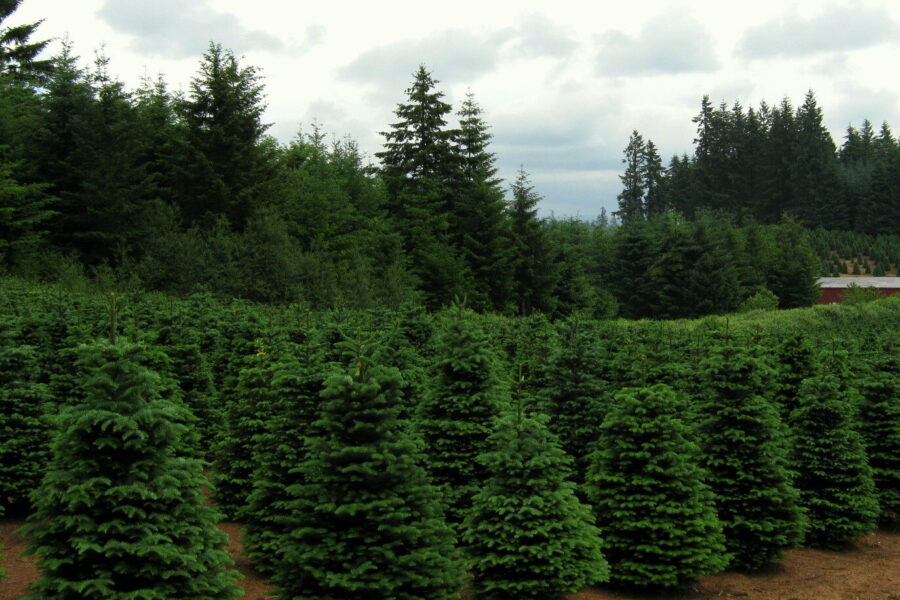Liquid Trees Are Now A Real Thing, See The Sci-Fi Idea In Real Life
Liquid trees using nanotechnology have all the benefits of trees and take up significantly less space.

Although scientists sometimes pursue less-urgent quandaries like the recent quest by MIT scientists to find the perfect way to open an Oreo, many in the field of AI and technology are still inventing new and innovative technology for the hopeful benefit of mankind. According to an article from Yup That Exists, Serbian scientists have created what they’ve dubbed “liquid trees,” which could mean positive breakthroughs in several scientific fields.
The invention comes from a team of researchers operating out of the University of Belgrade. These liquid trees are called liquid because scientists have used nanotechnology to create a liquid substance in place of wood, while still maintaining many of the same properties. Although this may sound like a headscratcher to some, apparently the technology could be a game changer for quite a few industries.
The liquid trees are made possible using cellulose nanofibers, small fibers found in the walls of plant cells. These fibers are considered advanced biomass material and could be used for disparate purposes in sectors like electronics, construction, foods, medicine, energy production, cosmetics, and healthcare. Scientists have processed these nanofibers into a liquid form, creating a liquid with high strength and toughness similar to wood.
Nanotechnology is not new, and many ideas and concepts that shape our understanding of the field date back to the mid-20th century. It has featured heavily in films like The Terminator, Marvel’s Black Panther, and others within the science fiction genre. Unlike the fake gadgets in those films, these nanofibers and liquid trees are real and extremely versatile.
One of the big reasons why the invention of liquid trees is being seen as a useful innovation and an alternative to wood is that because of their liquid property, they can be crafted into an infinite number of shapes and sizes. This kind of versatility gives them a distinct advantage over something like a tree while still maintaining many of its properties.

Another hugely applicable element of this new substance is that it can be made from various plant sources, even byproduct materials from forestry and agriculture. Deforestation and the search for resources is a big factor in James Cameron’s Avatar franchise and a huge fear of many environmental activists as we continue to deplete the Earth’s resources. Liquid trees could reduce waste in industries that impact this and serve as a sustainable, eco-friendly resource moving forward.
The usefulness doesn’t stop there. Scientists are also finding that the high conductivity of the liquid trees could be very useful in creating sustainable, cheap energy. They could be used as high-performance batteries, as energy storage devices, or to create solar panels.
These applications make liquid trees a strong candidate for innovation, especially in urban spaces with minimal trees and forestation.
Films like Daniel Craig’s James Bond action thriller No Time to Die often reference nanotechnology to varying effects. Still, many real-world applications for the technology have yet to be explored, and these liquid trees could have a strong impact on the field of nanotechnology moving forward. It remains to be seen when and how it will be implemented on a large scale, but it represents a scientific accomplishment that could have huge ramifications in many fields.












